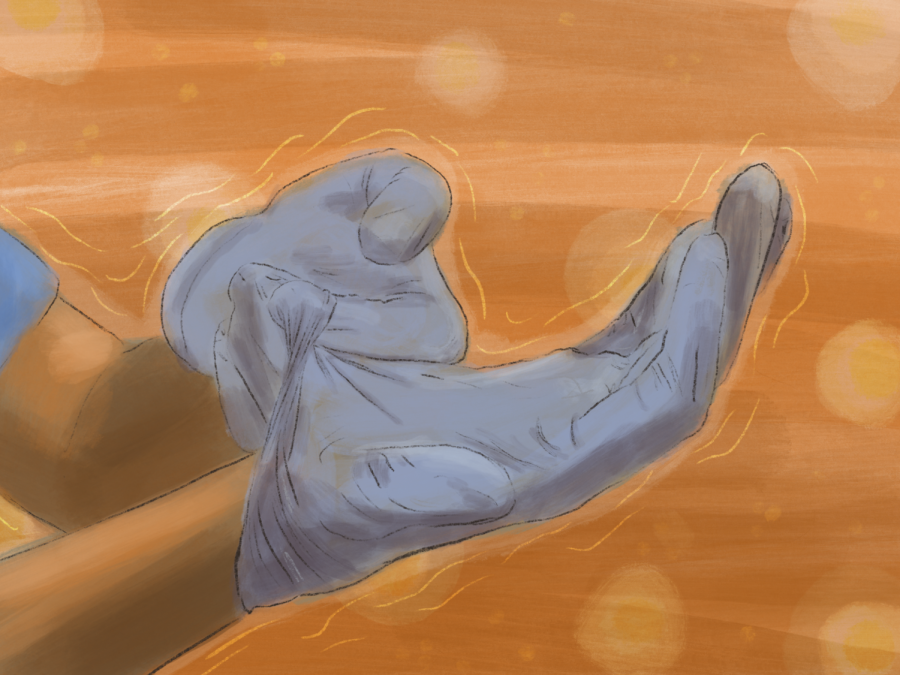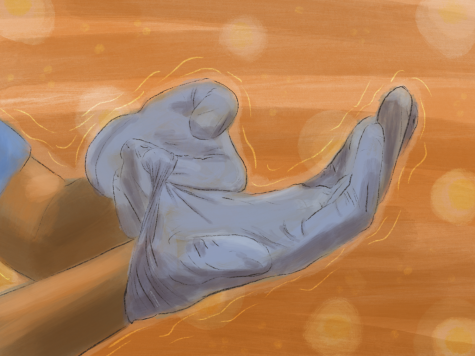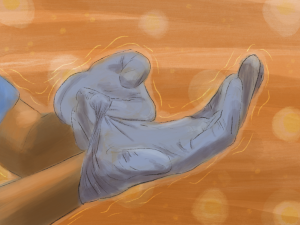Limited range of glove sizes negatively impacts female dermatology residents, UT study finds
June 19, 2023
Dermatology clinics frequently do not have smaller glove sizes available to trainees, making it difficult for female residents to wear properly fitting gloves, according to a study published on June 8 by the Dell Medical School.
“This is a study I’ve wanted to do (for) a long time,” said study author Tyler Hollmig. “I have just seen over the years that it’s an issue, that there are often not appropriately sized gloves, particularly for women, and sometimes that can reduce access of our female trainees to becoming surgeons.”
The study “sought to determine the availability of surgical glove sizes in dermatologic surgery clinics and the range of glove sizes worn by dermatology residents.” Study author Ashley Riddle said she felt inspired to carry out the study after noticing the lack of availability of smaller gloves in clinics where she worked.
“I wear a size five and a half in gloves, and I would say maybe 50% of the time, I’m able to find that size of glove,” said Riddle, a resident physician at Dell Med. “For me personally, it’s been an issue and … a lot of my female colleagues have the same problem.”
Residents unable to find their glove size usually have to wear gloves a whole size up, Riddle said. Poor-fitting gloves potentially negatively impact dexterity and make it difficult for residents to learn proper surgical techniques.
“For trainees especially, you’re developing your surgical skills, and the ability to get a good feel of different instruments and what different things feel like while you’re operating, I think is really important,” Riddle said.
Hollmig, director of dermatologic surgery at Dell Med, said providing appropriately fitting gloves is incredibly important for anyone handling sharp objects and working on patients.
“Properly fitting gloves are a huge deal because we’re performing surgery,” Hollmig said. “Not only is it important in terms of patient care and skill acquisition, it’s also important to (the) safety of trainees because having properly sized gloves reduces the risk of accidents like needle sticks.”
The survey-based study gathered responses from both dermatological surgeons and residents across the country, Riddle said. She said the survey included questions asking surgeons what glove sizes were currently available in their clinic and comparing the data with the preferred glove size of residents.
“It was pretty satisfying to see that the conclusions of our study matched up pretty well with what we expected to find,” Riddle said. “Female residents were about twice as likely to report having that issue compared to male residents, and also people with smaller gloves are more likely to report having this issue compared to people who wore larger glove sizes.”
Providing properly fitting gloves is important in a field in which they have not historically been provided, Hollmig said.
“It’s really important that we provide (residents) with the tools that they need to learn and to develop their careers so they can take great care of patients,” Hollmig said. “It’s my hope that this can continue to be explored and, ultimately, it’ll be standard practice to have proper gloves for all trainees.”






